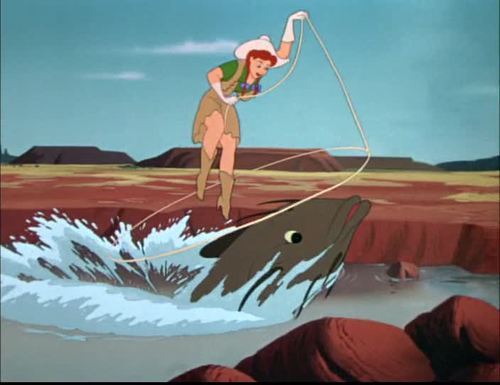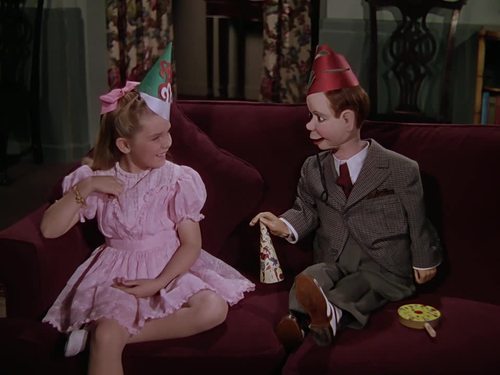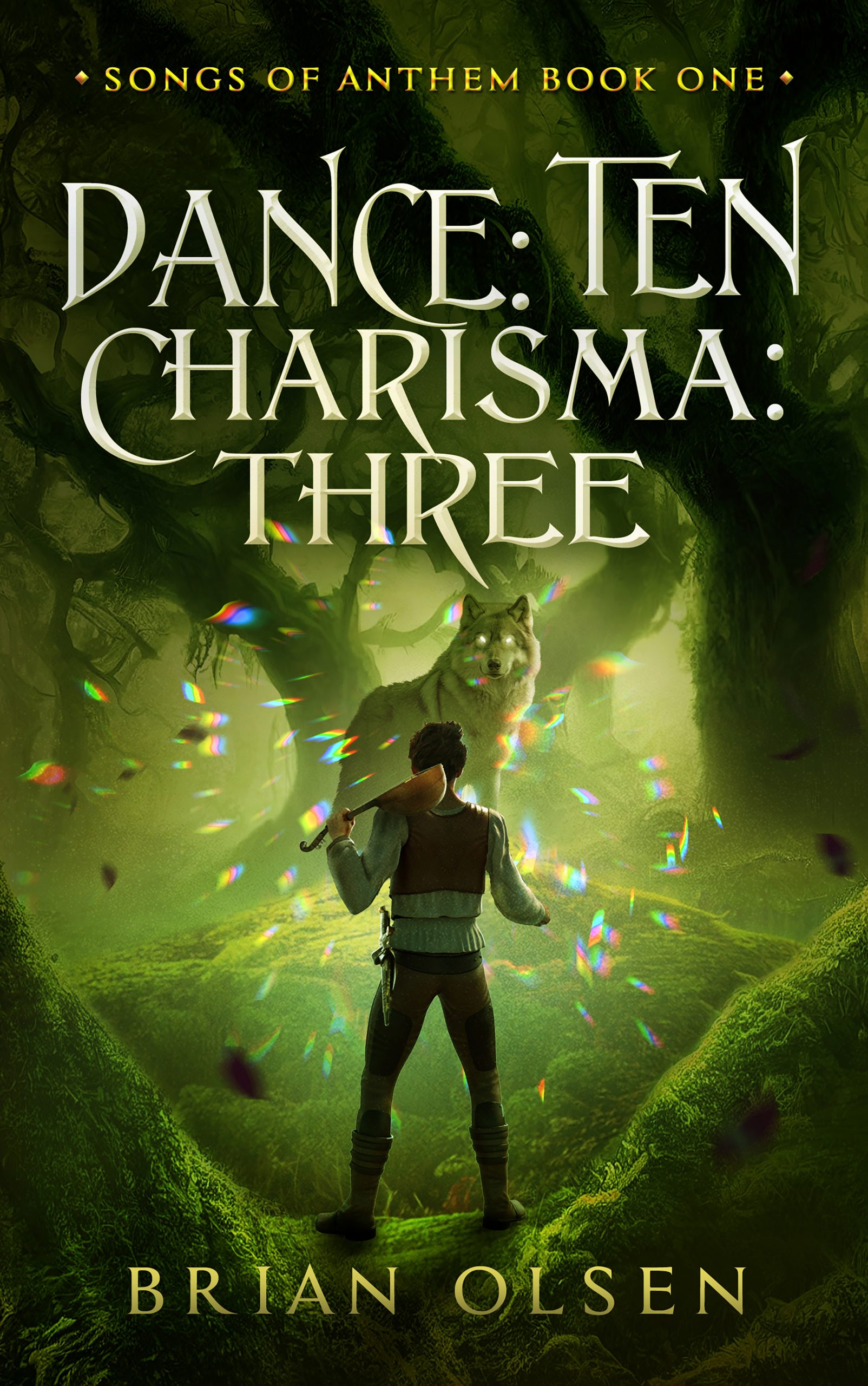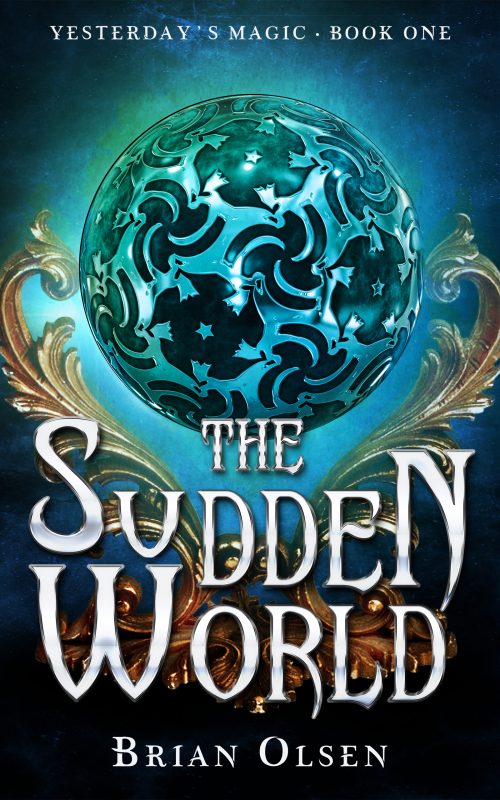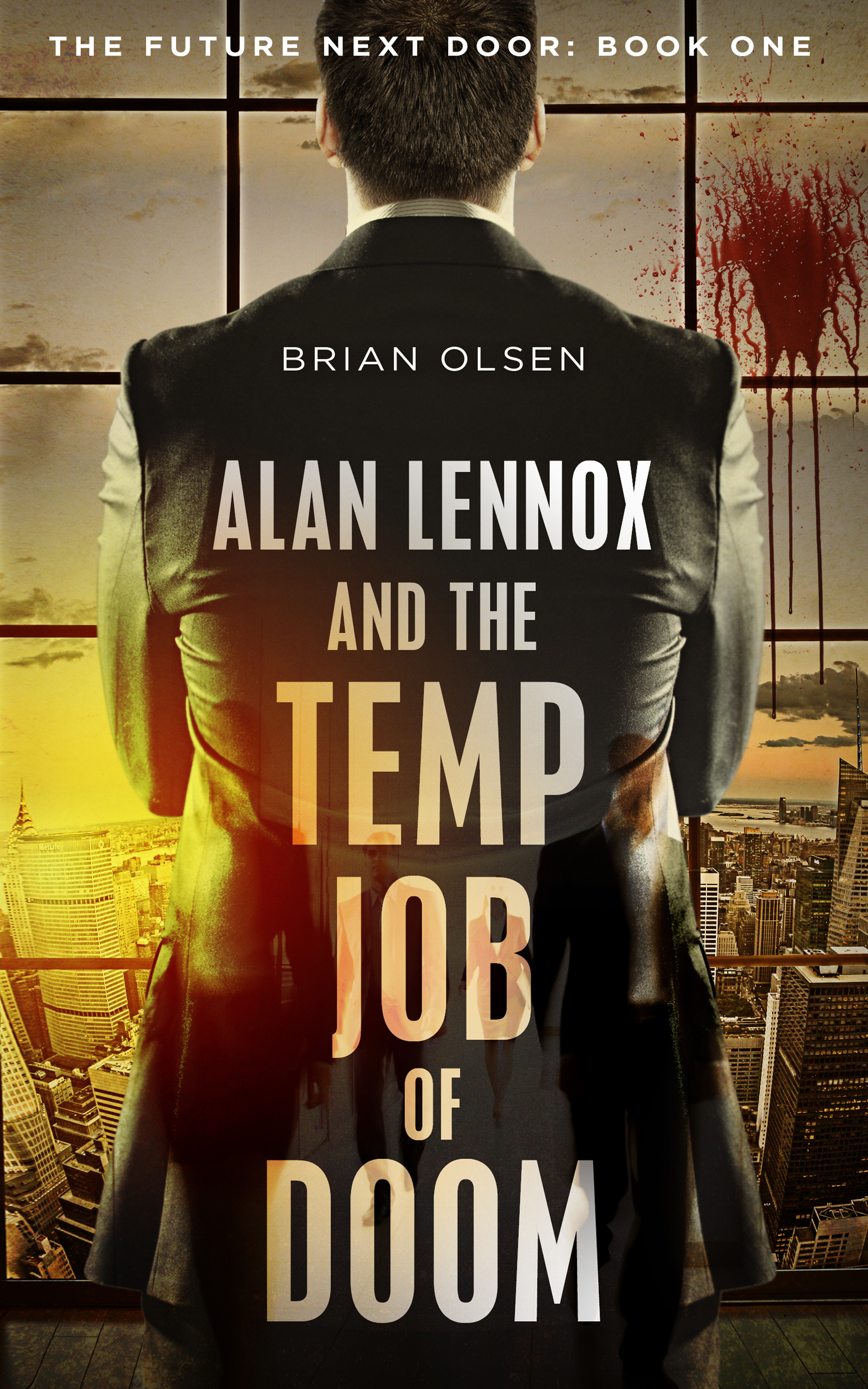So Dear to My Heart (1949) is the fourteenth feature film from the Disney studios, and, like Song of the South, it’s a mixture of live-action and animation. The animation only makes up a small portion of the film, though – early drafts had no animation at all, and the cartoon segments were added mainly due to a requirement in Disney’s distribution deal with RKO. But enough background – what did I think?
- Hey, Burl Ives is in this, yay! Oh, goddamn it, so are those irritating kids from Song of the South. Jeez Louise, Walt, weren’t there any other child actors you could get on the cheap? I appreciate loyalty, but come on. This is the third picture for Bobby Driscoll and the fourth in a row for Luana Patten. She’s not that cute.
- Welcome to Fulton Corners, Indiana, in the year 1903. Well, that may be the precise setting of the film, but really we’re in Disney-fied Americana. Main Street, USA, at the turn of the century. A general store, horse-drawn wagons, lots of open space for kids to play in, and the train’s arrival at the tiny depot the biggest source of excitement for miles. This is the first real appearance of Walt Disney’s idealized old-time America in a feature, but get used to it – you’ll be seeing it again and again.
- Dan Patch, the famous racehorse (or a reasonable facsimile) stops briefly in our little town, led off the train to stretch his legs. This inspires our hero, Jeremiah Kinkaid, known as Jerry and played by that awful Song of the South boy I wished so much ill upon, to one day own a champion racehorse of his own. Good luck, kid! We also meet Tildy, played by the so-adorable-you-want-to-punch-her Luana Patten. Tildy is Jerry’s friend – or maybe his cousin? I’m never clear on this. Our other two main characters are Jerry’s Uncle Hiram, played by Burl Ives (in his first major film role), and Jerry’s Granny, played by Beulah Bondi (who I am unfamiliar with, but who is amazing). Tildy hangs out with this crew all day and night, but she doesn’t seem to be related to them. Unless she is? She mentions parents, but we never see them. She refers to Hiram as “Uncle” but Granny is explicitly not her grandmother. But Hiram also calls Granny “Granny” so maybe “Uncle” and “Granny” are nicknames as well as relationship indicators? It’s all very confusing. Disney movies always seem to have some little inconsequential plot point like this that I spend way too much time thinking about. Details matter, people!
- Finally we get to the meat of the movie (so to speak). Granny’s sheep give birth, and one of them, a black lamb, is rejected by its mother. Jerry takes the lamb as a pet, despite Granny’s objections, and his dreams of owning a champion racehorse are replaced with dreams of his little lamb, whom he names Danny, becoming a champion instead. I know there’s no racial message intended here, but there’s something about the black lamb, particularly Granny’s warnings – “I know the nature of them black sheep, especially a ram. He’ll be into everything.” – that makes me uncomfortable. Casting Song of the South boy doesn’t help.
- The incidental music in this film is a little heavy-handed. Every single line is underscored, the slightest motion is accompanied by a dramatic chord. “Jeremiah!” (Duh-duh-duh!) His head whips around! (Dum-dummmmm!) Granny scowls! (Bum-bum-ba-bum!) Close-up on the lamb! (Tweetle-dee-dee!) Jimmy smiles! (Doot-doo-do-doo!) Granny softens! (La-la-la-laaaaa!) STOP TELLING ME HOW TO FEEL!
- The animation sequences are gorgeous, but they’re sort of shoved into this movie – they’re meant to be springing from Jerry’s imagination, and they mostly consist of advice for animated Danny the Lamb from a Wise Old Owl, who comes from a series of postcards Jerry has in his scrapbook. (Oh, let me interject to say that Jerry is really, really good at scrapbooking. His scrapbook is to die for, even before it comes to life as a cartoon. If this were set in the present he would be majorly internet-famous on Pinterest.) The songs are a lot of fun, particularly “Stick-To-It-Ivity,” which features an animated Robert the Bruce getting advice from an animated spider which inspires Robert to get off his lazy ass and go and slaughter some more Brits. My pride in my heritage might have caused me to find the spider’s cliched Scottish appearance and dialect offensive if it hadn’t looked so cute when it did the Highland Fling.
- Most of the movie consists of Danny the Black Sheep getting into exactly the kind of trouble Granny predicted, and Jeremiah apologizing for it. Danny destroys Granny’s living room, Granny’s yard, Granny’s screen door, Granny’s rocking chair, plus the town general store for good measure. Granny shows remarkable restraint in not serving up a plate of her famous Black Lamp Chops. I keep going back and forth as to whose side I’m on, but ultimately I decide that the lamb is pure evil and his destruction is completely on purpose, so I’m on his side.
- Jerry and Tildy go to the swamp to look for bees – long story – and they find a complete cow skeleton, stripped to the bone. An entire cow skeleton, just lying there on the ground. Tildy is freaked out, since she’s been warned again and again about how dangerous the swamp is and also WHAT THE HELL LIVES IN AN INDIANA SWAMP THAT CAN SKELETONIZE A COW but Jerry is all, “Whatever. I’m following a bee. You can come or not.” I wish I could say it’s bad-ass, but coming from Jerry it just reads as slack-jawed vapidity. “Huh, yeah, a cow skeleton, that’s OH LOOK ANOTHER BEE!”
- Little Jerry’s an asshole, by the way. He’ll be all doe-eyed one minute to get his way, but he’ll tear your fucking head off if you come between him and his lamb. Tildy goes to feed Danny, who escapes and disappears into the swamp. Jerry rips Tildy apart for feeding him, chews Granny a new one for not keeping better watch, and then denounces God for taking his lamb away. It’s…kind of awesome. My liking of this kid is growing faster than Annette Funicello’s sweater size. (That’s a Mickey Mouse Club joke. Look it up, kids.) Granny – and the narrative of the film – aren’t down with the blasphemy, and she gives him a severe spiritual smack-down. Jerry relents, promising God that if He returns Danny, Jerry will abandon his dreams of winning a blue ribbon at the County Fair. (That’s been the main plot of the movie this whole time. Sorry I haven’t mentioned it before.) Granny is touched by this, and when Danny is found, she tells Jerry that she promised God that if Danny was found, they would go to the Fair, and since she’s older she’s the one who has to keep her promise. As an atheist, I don’t really get the whole religion thing, but that seems like a dubious doctrinal lesson for a parental guardian to impart. It’s okay to break your promise to God, as long as it was a really, really cute promise.
- They go to the fair, and Danny doesn’t win the blue ribbon. I’m really hoping he’ll go on a rampage and raze the whole ring to the ground while Jerry screams and cries and blames everyone else for his problems (and really, their behavior throughout the entire movie thus far suggest that’s exactly what should happen), but alas. They take their loss with dignity, and the judges give him a special award, a big pink ribbon. It feels a little “Everybody Gets a Medal Day” to me, but the movie seems to think it’s a happy ending, so who am I to argue? All in all, So Dear to My Heart is basically a harmless bit of fluff. It’s a shame the animated sequences haven’t been lifted out and shown separately, as they’re the best bits of the movie, but there are worse ways to pass an hour and fifteen minutes. If you’re curious about the genesis of whitewashed Disney America, this is a reasonably inoffensive place to start.

